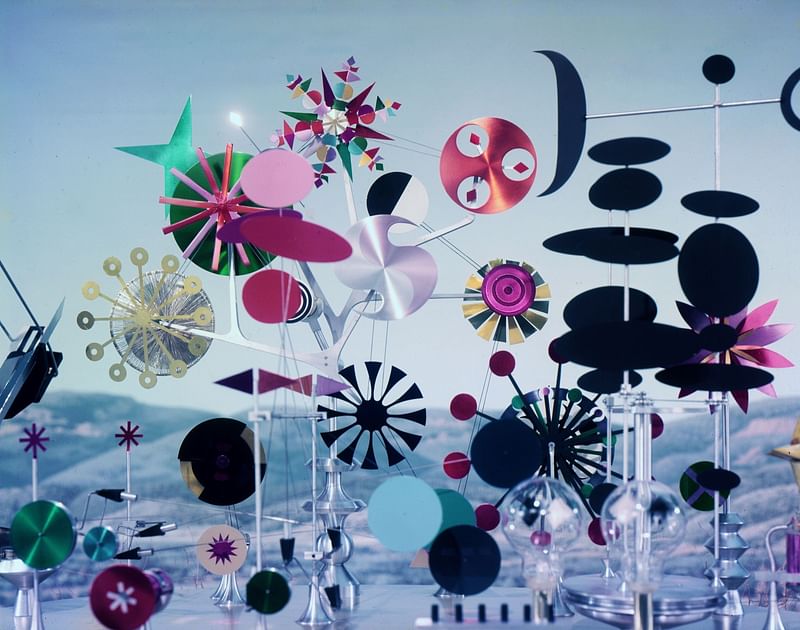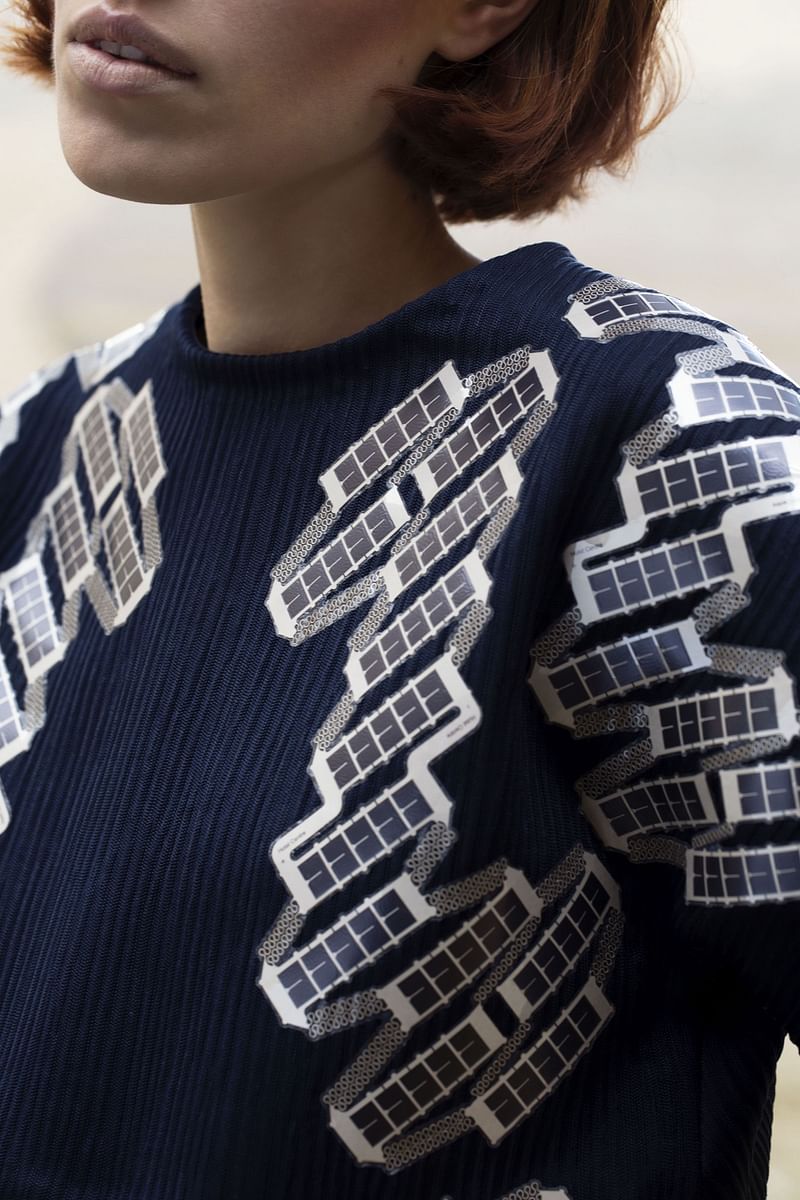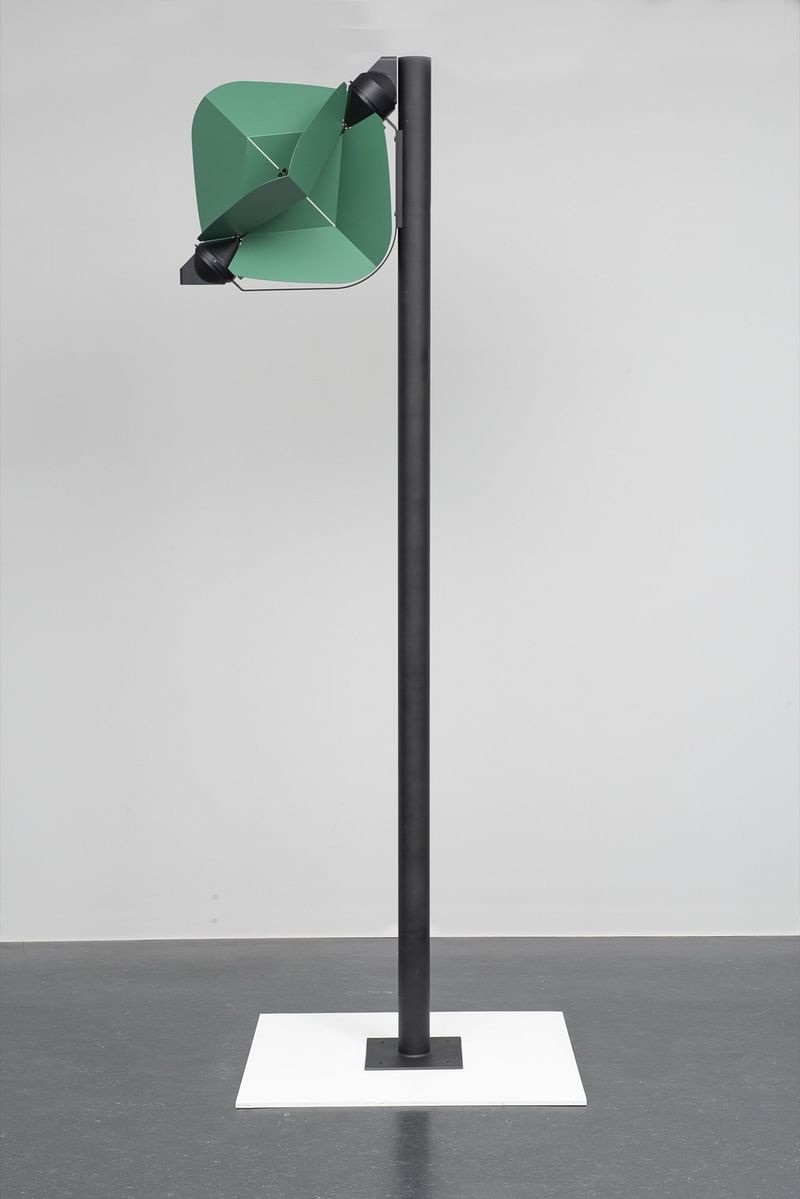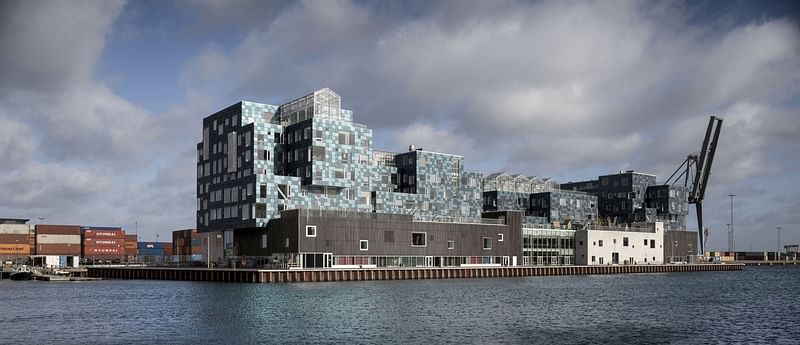Exhibition on the future of energy architecture to open at Vitra Design Museum
By Niall Patrick Walsh|
Monday, Mar 11, 2024

Related
Germany’s Vitra Design Museum is to open an exhibition on the architectural evolution of the energy sector.
Titled Transform! Designing the Future of Energy and open from March 23rd through September 1st, the exhibition will explore design across a range of scales, from everyday products that use renewable energy to solar houses, wind power stations, and smart mobility systems.

“The exhibition Transform! Designing the Future of Energy starts with a focus on human beings and our bodies, and then widens the view to examine our everyday objects, our cities, and the entire energy landscape,” said the museum in a statement about the exhibition, which is curated by Vitra’s chief curator Jochen Eisenbrand. “The displays will include examples of innovative and experimental product design, speculative design projects, films, architectural archetypes, and visionary future concepts.”

In the exhibition’s first section, ‘Human Power,’ visitors are “invited to discover their own potential for generating energy.” Elements include stationary exercise bikes that demonstrate how long it takes to produce enough electricity for common activities such as brewing coffee, browsing the internet, or taking a hot shower. The organizers see a dual meaning in ‘power’ to include both physical and political meanings, with the exhibition also including a selection of international posters and protest signs reflecting the evolution of energy policies.

The exhibition’s second section, ‘Energy Tools,’ features products, prototypes, and experiments for off-grid living. Among the elements featured in this section are Pauline van Dongen’s integration of photovoltaic cells into apparel designs, Stefan Troendle’s development of a hydrogen cooker, and Tobias Trubenbacher’s Papilo street lamp that meets its own energy needs using a built-in rotor. An assortment of historical projects has also been included, such as the Solar Do-Nothing Machine created by Charles and Ray Eames in the 1950s.

The third part of the exhibition, ‘Transformers,’ explores “innovative approaches in the areas of architecture and mobility.” Featuring projects by Snøhetta, TAKK architecture, AktivHaus, and more, this section of the exhibition profiles architectural responses to the significant energy consumption needs of buildings, with TAKK’s Day After House in particular highlighting that “high-tech solutions are not mandatory for improving the energy efficiency of existing buildings.”

The exhibition’s final section, ‘Future Energyscapes,’ is devoted to the topic of exploring the future relationship between energy and urbanism. The section is grounded in research on new typologies for energy storage such as Carlo Ratti’s Helsinki Hot Heart, as well as wind turbine models designed by students from ECAL/Lausanne, and AMO’s Eneropa.
“Designers and architects around the world are already contributing innovative ideas and solutions for reducing our energy consumption, changing our energy-intensive lifestyles, and participating in the process of achieving a sustainable future,” the organizers add. “The exhibition 'Transform!' shows that energy is one of the greatest challenges of our time — but also one of the greatest opportunities to reshape our world.”
RELATED EVENT Transform! Designing the Future of Energy

RELATED NEWS Iwan Baan’s exhibition at the Vitra Design Museum captures human moments in architecture


Share
2 Comments
Donna Sink · Mar 14, 24 12:54 PM
This looks cool!
Pablo Segui · Mar 15, 24 11:08 AM
Excellent! Thanks for sharing the informationComment as :